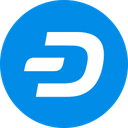-
 bitcoin
bitcoin $118548.520763 USD
3.67% -
 ethereum
ethereum $4352.564943 USD
4.79% -
 xrp
xrp $2.964058 USD
4.22% -
 tether
tether $1.000565 USD
0.05% -
 bnb
bnb $1028.372955 USD
1.46% -
 solana
solana $221.373507 USD
6.00% -
 usd-coin
usd-coin $0.999933 USD
0.02% -
 dogecoin
dogecoin $0.248633 USD
6.85% -
 tron
tron $0.341444 USD
2.38% -
 cardano
cardano $0.852946 USD
5.82% -
 hyperliquid
hyperliquid $47.869306 USD
6.15% -
 chainlink
chainlink $22.561476 USD
6.01% -
 ethena-usde
ethena-usde $1.001258 USD
0.05% -
 avalanche
avalanche $30.660000 USD
2.06% -
 stellar
stellar $0.400917 USD
9.76%
How can I judge the long-term value and potential of an NFT project?
A strong NFT project combines a unique core concept, transparent team, active community, solid tokenomics, and clear IP rights to ensure long-term value and sustainability.
Aug 08, 2025 at 08:56 am
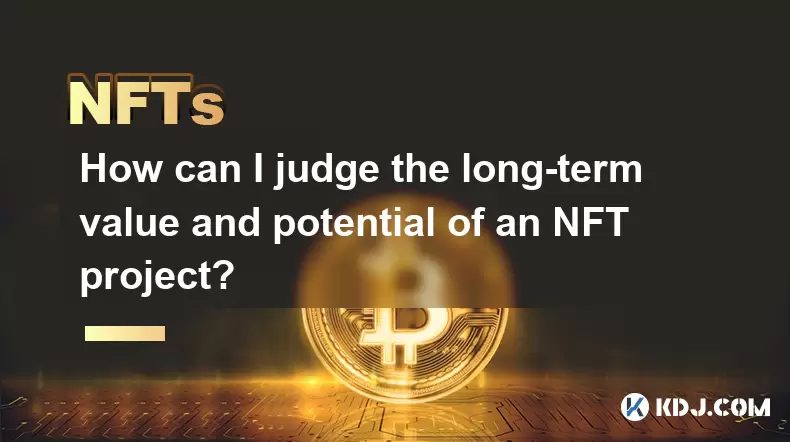
Understanding the Core Concept Behind the NFT Project
To judge the long-term value of an NFT project, it is essential to begin with a deep understanding of its core concept. Many NFTs are built around a central theme, such as digital art, virtual real estate, gaming assets, or community-driven collectibles. The strength and originality of this concept can significantly influence the project’s sustainability. A compelling narrative or purpose often attracts a dedicated community, which is a key driver of long-term demand.
Ask whether the project introduces a unique digital utility or experience. For example, some NFTs grant access to exclusive events, unlock special content, or serve as identity markers within a virtual world. Projects that integrate real-world benefits, such as royalties for creators or tangible rewards, tend to maintain relevance over time. Evaluate whether the concept is scalable and whether it addresses a genuine need or desire within the digital ecosystem.
Analyzing the Team and Development Roadmap
The credibility and experience of the team behind the NFT project play a crucial role in determining its potential. Look for verifiable identities of the founders and developers. Anonymous teams are not automatically untrustworthy, but transparency increases confidence in long-term execution. Check their past work in blockchain, design, or community management to assess their capability.
Review the project’s public roadmap. A well-structured roadmap outlines clear milestones, such as smart contract audits, community events, partnerships, and future utility expansions. Projects with vague or nonexistent roadmaps often lack direction. Pay attention to whether the team has met previous milestones on time. Delays are not always negative, but consistent failure to deliver may indicate poor planning or resource limitations.
- Check the team’s LinkedIn or professional profiles
- Search for interviews, AMAs (Ask Me Anything), or live streams
- Verify if the project has undergone a third-party smart contract audit
- Look for partnerships with established brands or platforms
Evaluating Community Engagement and Social Metrics
A vibrant and active community is one of the strongest indicators of an NFT project’s longevity. Strong communities contribute to sustained demand, help onboard new users, and defend the project during market downturns. Examine the project’s presence on platforms like Discord, Twitter (X), and Telegram. High follower counts alone are not enough; engagement quality matters more.
Look for signs of organic interaction:
- Are community members creating fan art, memes, or tutorials?
- Do moderators and team members respond promptly to questions?
- Are there regular community events, such as giveaways or art contests?
Use tools like Nansen, Dune Analytics, or Cyber to analyze wallet activity. A growing number of unique holders and low sell-off rates after minting suggest strong conviction. Conversely, a sharp drop in holder count shortly after launch may signal a lack of belief in the project’s future.
Assessing Technical Infrastructure and Tokenomics
The underlying technology and economic model of an NFT project are foundational to its long-term viability. Start by reviewing the blockchain network it’s built on. Ethereum, Solana, and Polygon are popular choices, each with trade-offs in gas fees, speed, and decentralization. Choose projects on networks with strong developer support and security.
Examine the tokenomics if the NFT project includes a native token. Key factors include:
- Total supply and inflation rate
- Distribution method (fair launch vs. pre-mine)
- Utility of the token (governance, staking, access rights)
For NFTs themselves, consider:
- Rarity distribution — Are traits fairly distributed or overly concentrated?
- Minting mechanism — Was it a Dutch auction, whitelist-based, or public sale?
- Secondary market royalties — Does the project enforce royalties (e.g., 5–10%) to support ongoing development?
Projects that offer on-chain metadata and decentralized storage (e.g., IPFS or Arweave) are more resilient to censorship and data loss. Avoid projects with centralized image hosting, as they risk disappearing if the server shuts down.
Reviewing Artistic Quality and Intellectual Property Rights
The artistic value of an NFT collection can influence its cultural staying power. While subjective, high-quality, consistent artwork often commands higher long-term interest. Evaluate the cohesion of the visual theme across the collection. Are the designs original, or do they appear derivative of popular projects like Bored Ape Yacht Club or CryptoPunks?
Equally important is the intellectual property (IP) policy. Some projects grant full commercial rights to NFT holders, enabling them to use the artwork for merchandise, animations, or branding. Others restrict usage or retain full IP. Projects that empower holders with commercialization rights foster a creative ecosystem that can expand the brand organically.
Check the official website or whitepaper for clear IP terms. Ambiguity here can lead to legal disputes or stifle innovation. Projects that have already inspired user-generated content or spin-off projects demonstrate strong community ownership and creative momentum.
Monitoring Market Performance and Historical Data
Historical performance on NFT marketplaces like OpenSea, Blur, or LooksRare provides insights into demand trends. Use analytics platforms to review:
- Floor price trends over weeks and months
- Trading volume and number of sales
- Holder concentration — Are a few wallets holding most of the supply?
A stable or gradually increasing floor price, even during bear markets, suggests strong holder confidence. Sudden spikes followed by crashes may indicate pump-and-dump behavior. Also, examine the age of the collection — newer projects need time to prove sustainability, while older ones with consistent activity have demonstrated resilience.
Compare the project’s performance against similar collections in the same niche. Relative strength in a competitive category can signal superior execution or community support.
Frequently Asked Questions
How do I verify if an NFT project’s smart contract is secure?Look for evidence of a third-party audit from firms like CertiK, Hacken, or OpenZeppelin. Check the project’s official website or Discord for audit reports. You can also use blockchain explorers like Etherscan to review contract code and confirm there are no suspicious functions, such as mint or withdrawal privileges retained by the team after launch.
What should I do if a project promises future rewards or airdrops?Treat such promises with caution. Verify if past airdrops were delivered as promised. Review the roadmap for specific timelines. Never share your private key or sign unknown transactions, even if prompted by a “claim” button. Legitimate airdrops do not require payment or personal credentials.
Can an NFT project with low trading volume still have long-term potential?Yes, low volume does not automatically disqualify a project. Some communities focus on long-term holding rather than trading. Investigate whether active development continues, community engagement remains strong, and new utilities are being added. A quiet market with steady progress can precede future growth.
How important is the NFT’s file format and resolution?While not the most critical factor, high-resolution, well-formatted files (e.g., 4K PNG or animated MP4) reflect professionalism and care. Projects using on-chain SVGs or generative art algorithms may offer more authenticity and scarcity. Avoid collections with blurry, low-effort visuals or broken links to media.
Disclaimer:info@kdj.com
The information provided is not trading advice. kdj.com does not assume any responsibility for any investments made based on the information provided in this article. Cryptocurrencies are highly volatile and it is highly recommended that you invest with caution after thorough research!
If you believe that the content used on this website infringes your copyright, please contact us immediately (info@kdj.com) and we will delete it promptly.
- BlockDAG, DOGE, HYPE Sponsorship: Crypto Trends Shaping 2025
- 2025-10-01 00:25:13
- Deutsche Börse and Circle: A StableCoin Adoption Powerhouse in Europe
- 2025-10-01 00:25:13
- BlockDAG's Presale Buzz: Is It the Crypto to Watch in October 2025?
- 2025-10-01 00:30:13
- Bitcoin, Crypto, and IQ: When Genius Meets Digital Gold?
- 2025-10-01 00:30:13
- Stablecoins, American Innovation, and Wallet Tokens: The Next Frontier
- 2025-10-01 00:35:12
- NBU, Coins, and Crypto in Ukraine: A New Yorker's Take
- 2025-10-01 00:45:14
Related knowledge
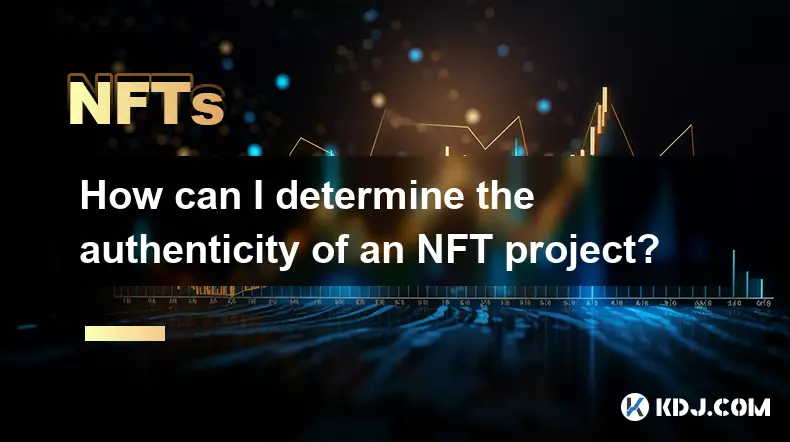
How can I determine the authenticity of an NFT project?
Sep 23,2025 at 05:18pm
Understanding the Project Team and Their Background1. Research the identities of the team members behind the NFT project. Verified social media profil...
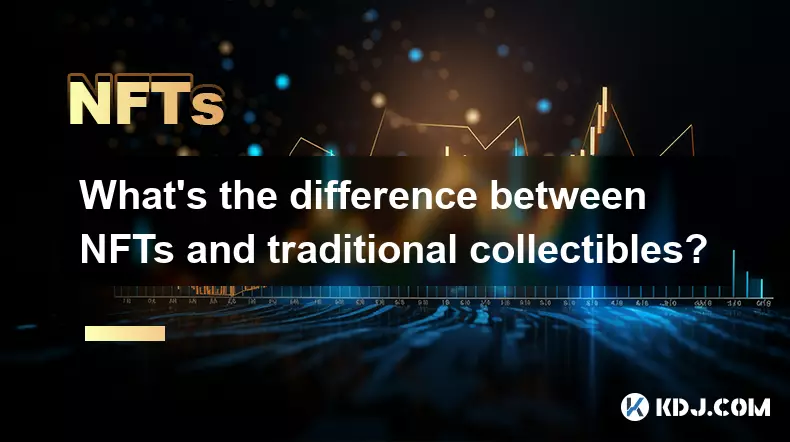
What's the difference between NFTs and traditional collectibles?
Sep 19,2025 at 12:55pm
Digital Ownership and Provenance1. NFTs are built on blockchain technology, which ensures transparent and immutable records of ownership. Every transa...
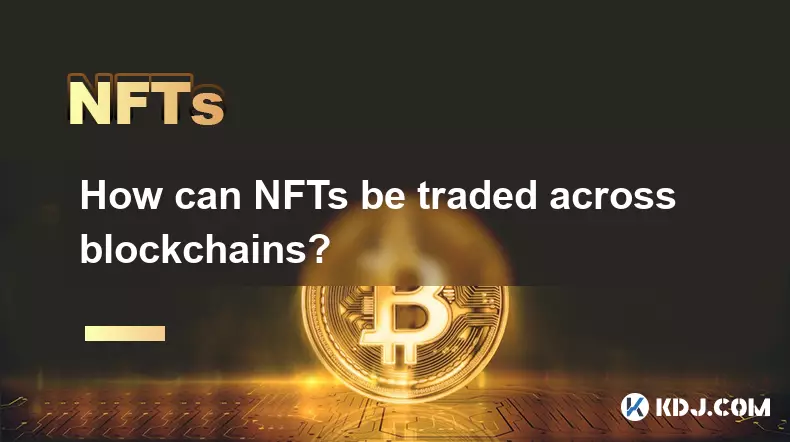
How can NFTs be traded across blockchains?
Sep 19,2025 at 12:00pm
Understanding Cross-Chain NFT Trading1. Non-fungible tokens (NFTs) are digital assets that represent ownership of unique items on a blockchain. Origin...
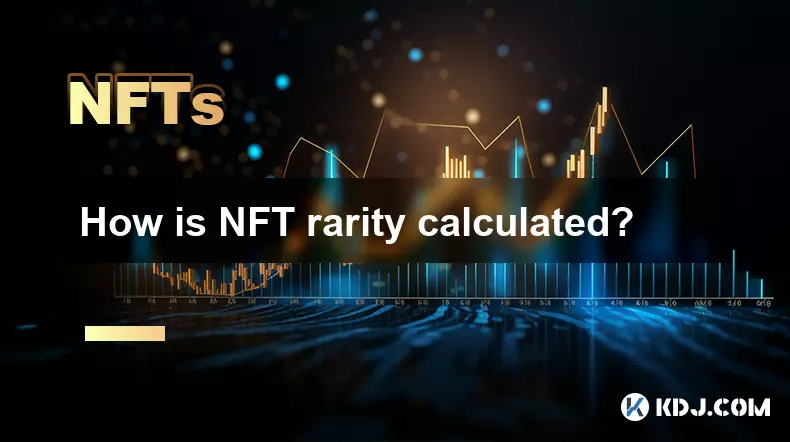
How is NFT rarity calculated?
Sep 18,2025 at 07:54pm
Understanding NFT Rarity Metrics1. NFT rarity is determined by analyzing the uniqueness of individual traits within a collection. Each NFT typically c...
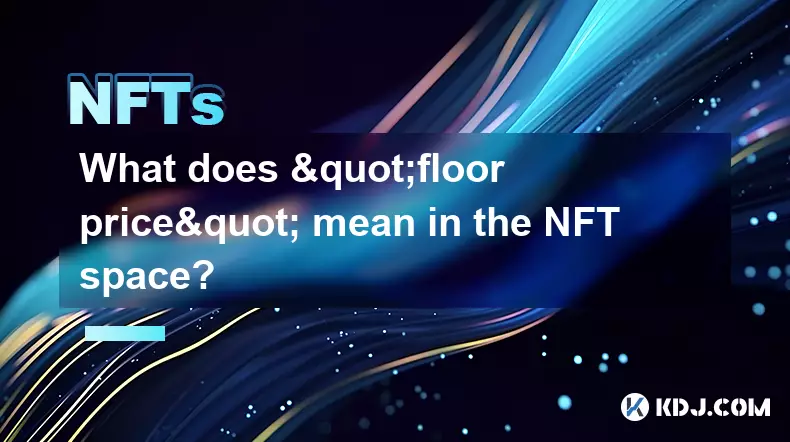
What does "floor price" mean in the NFT space?
Sep 22,2025 at 06:36am
Floor Price: A Core Metric in the NFT Marketplace1. The term floor price refers to the lowest current asking price for any item within a specific NFT ...

How do NFTs help content creators?
Sep 18,2025 at 08:00am
NFTs Empower Creators with Ownership and Monetization1. NFTs provide content creators with verifiable ownership of their digital works, ensuring authe...

How can I determine the authenticity of an NFT project?
Sep 23,2025 at 05:18pm
Understanding the Project Team and Their Background1. Research the identities of the team members behind the NFT project. Verified social media profil...

What's the difference between NFTs and traditional collectibles?
Sep 19,2025 at 12:55pm
Digital Ownership and Provenance1. NFTs are built on blockchain technology, which ensures transparent and immutable records of ownership. Every transa...

How can NFTs be traded across blockchains?
Sep 19,2025 at 12:00pm
Understanding Cross-Chain NFT Trading1. Non-fungible tokens (NFTs) are digital assets that represent ownership of unique items on a blockchain. Origin...

How is NFT rarity calculated?
Sep 18,2025 at 07:54pm
Understanding NFT Rarity Metrics1. NFT rarity is determined by analyzing the uniqueness of individual traits within a collection. Each NFT typically c...

What does "floor price" mean in the NFT space?
Sep 22,2025 at 06:36am
Floor Price: A Core Metric in the NFT Marketplace1. The term floor price refers to the lowest current asking price for any item within a specific NFT ...

How do NFTs help content creators?
Sep 18,2025 at 08:00am
NFTs Empower Creators with Ownership and Monetization1. NFTs provide content creators with verifiable ownership of their digital works, ensuring authe...
See all articles






































































